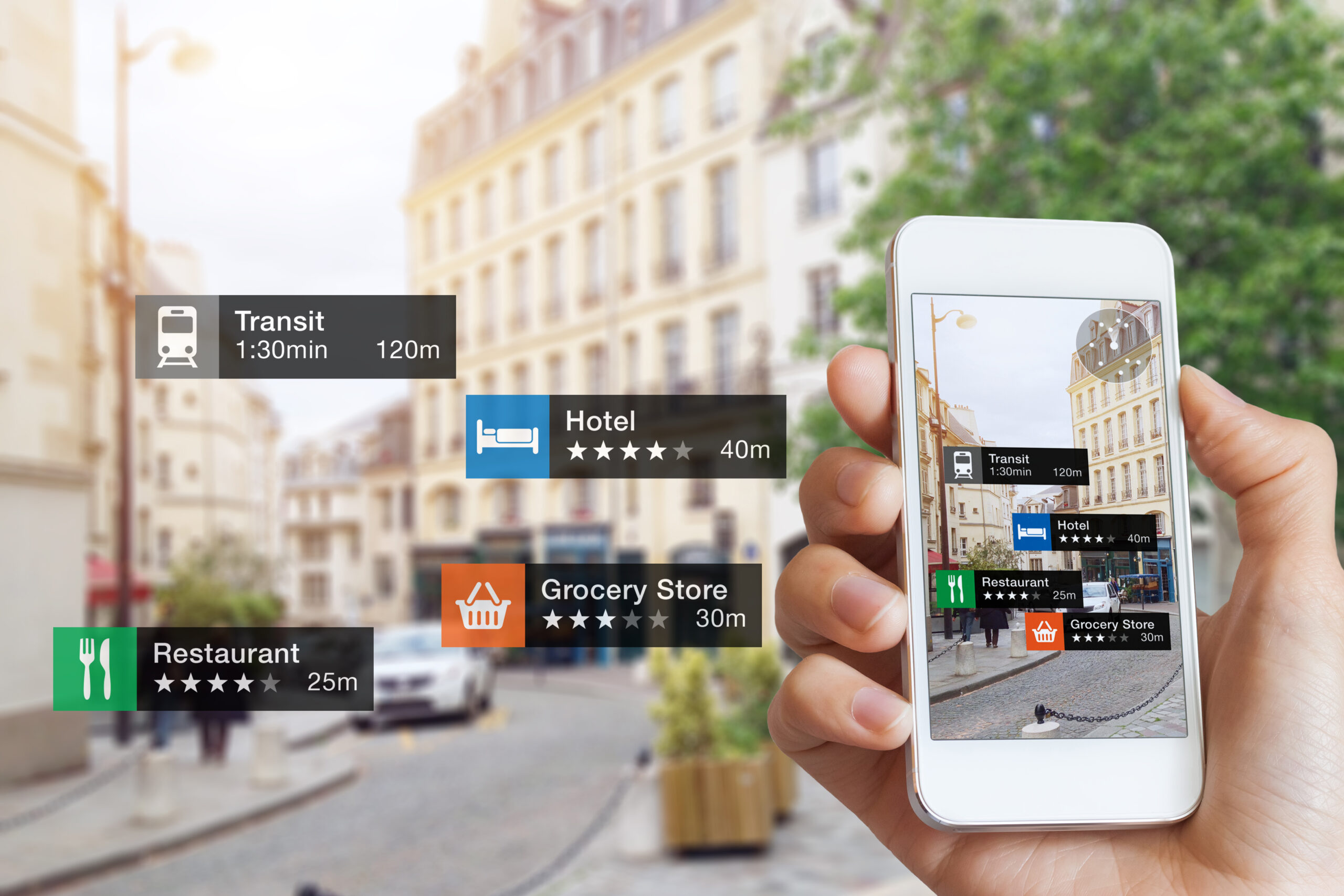And I would just add, just because I had this experience over the weekend as well, a non-functional requirement is something that the guys who created Stack Overflow talked about, that performance is a feature, and the speed at which your page loads and things like that should be forefronted. Users are savvy enough today to know that these things should load quickly. And there are studies out there that prove if your page takes over two seconds to load, people will just leave because they have no patience for that anymore. But even to that, users are savvy now where they understand, I don't want to say they know the cloud, but they understand that if there's an event that was planned and your application goes down, they're going to be very unforgiving.
For example, over the weekend, sports betting is now legal in Illinois, and there are multiple apps you can now use; and DraftKings crashed right after the noon games, and as a sport better, what you typically do is you bet on the noon games, and then if you won, you double up on the afternoon games; if you lost, you chase your losses in the afternoon games. And basically, their application stopped working because their multifactor authentication system crashed. So, you couldn't log in because the MFA code was not being sent, and eventually, they just offed MFA four hours later because they had this single point of failure that crashed, so clearly their MFA solution wasn't highly available, and so, users are on Twitter basically saying, "We are leaving your application because your competitor, I was able to bet on them. So, I'm taking all my money and giving it to them".
So, it's not just a technological thing; you're going to be completely alienating customers who understand that services like Facebook don't ever crash. And Facebook has 2 billion users. So, if they've solved this problem, it is a solved problem. Performance is a solved problem, and if I can log into Facebook and upload photos, why can't I place a bet on your application when you knew it was week one of the NFL season? And how did you not provision capacity? Now granted, they probably just had one little part of their system not working, the MFA part. Still, it limited everyone from using it, which then, now, Twitter is just filled with everyone complaining, and it's not a good look for them considering it was their first foray into some states with legal betting.
So, it has a huge impact if you don't take these things... I don't want to say seriously, but the fact that it was down for four hours to me is insane. It took them four hours to realize that that was the problem and that they needed to turn it off to allow people to at least login. I don't know their system, obviously, so it might be... Again, if you can't turn parts of your application off when, say, one is failing, and then the whole thing doesn't work, it cascades. So that's something I wanted to add.





